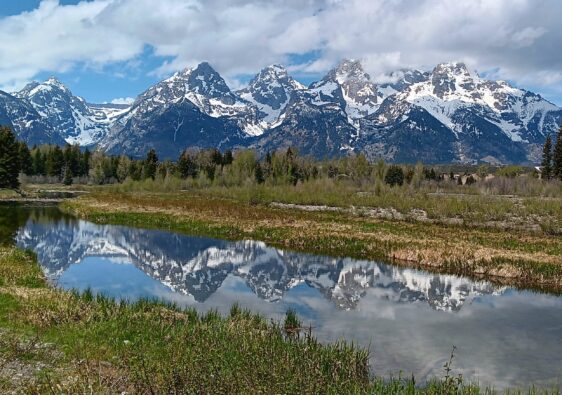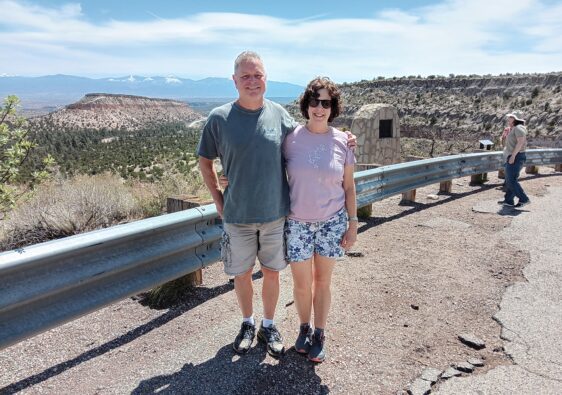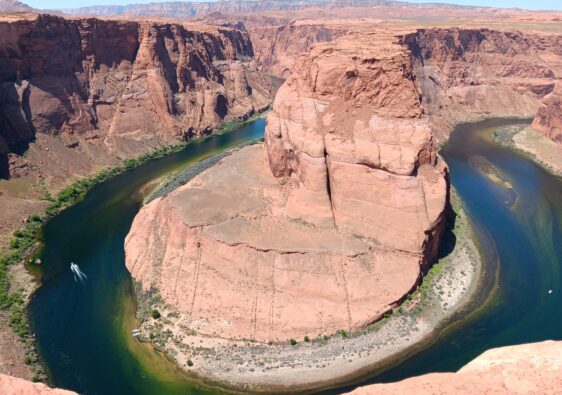

The Little Bighorn Battlefield National Monument, located near the border of Montana and South Dakota, is the site of the infamous “Custer’s Last Stand”. Indian leaders, including Crazy Horse and Sitting Bull, rejected the concept of reservations. Lakota Sioux, Northern Cheyenne, and Arapaho tribes, under their leadership, fought the U.S. Army 7th Calvary, led by General George Custer. Custer was convinced that he could quell the Indian Rebellion, but it turned out that this particular battle would not turn in his favor. Custer and many U.S. Army soldiers died during that battle, as well as Indians from all the tribes involved. The 7th US Calvary Memorial stands guard over the grave sites of 220 men who died during this battle.
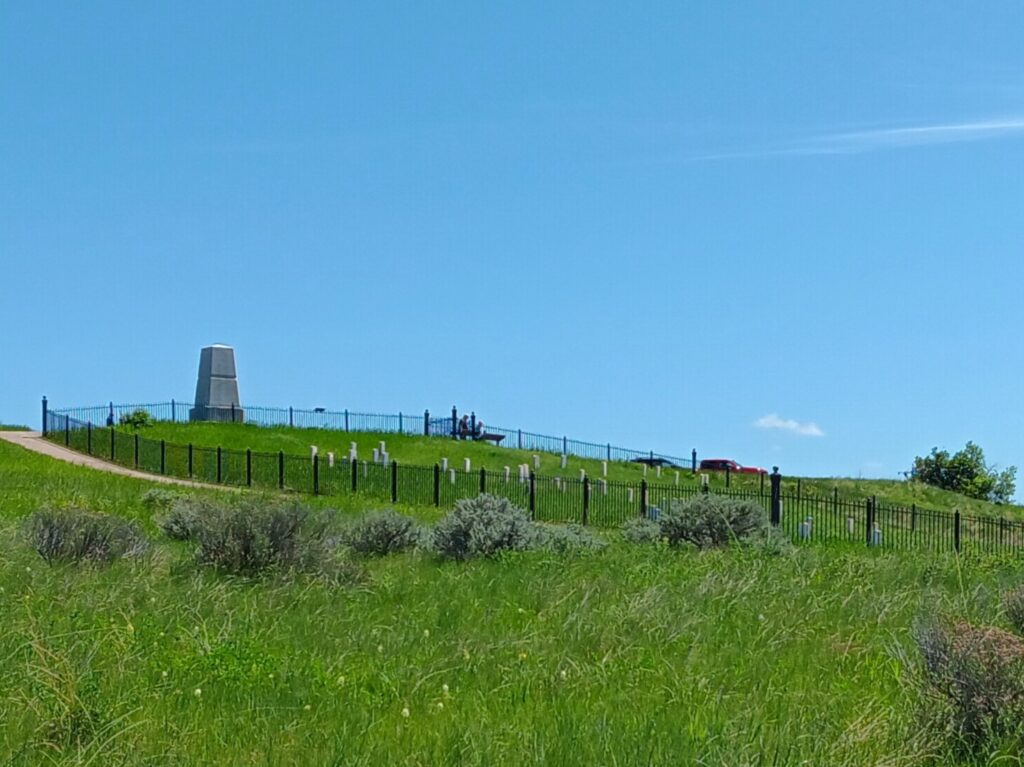

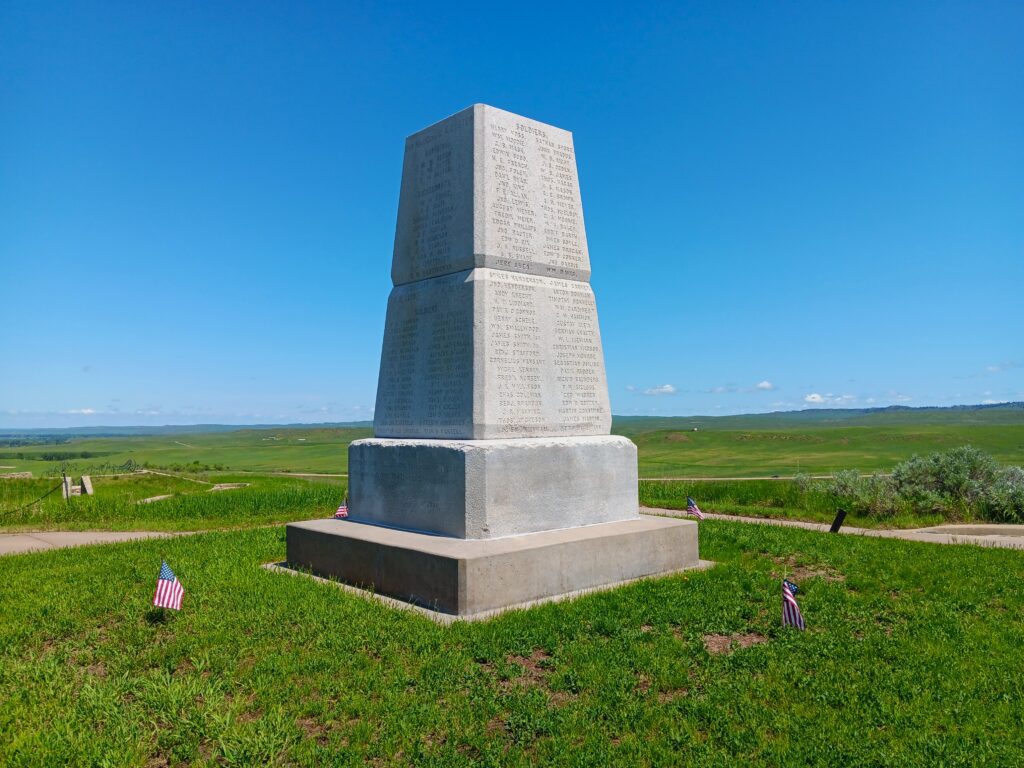



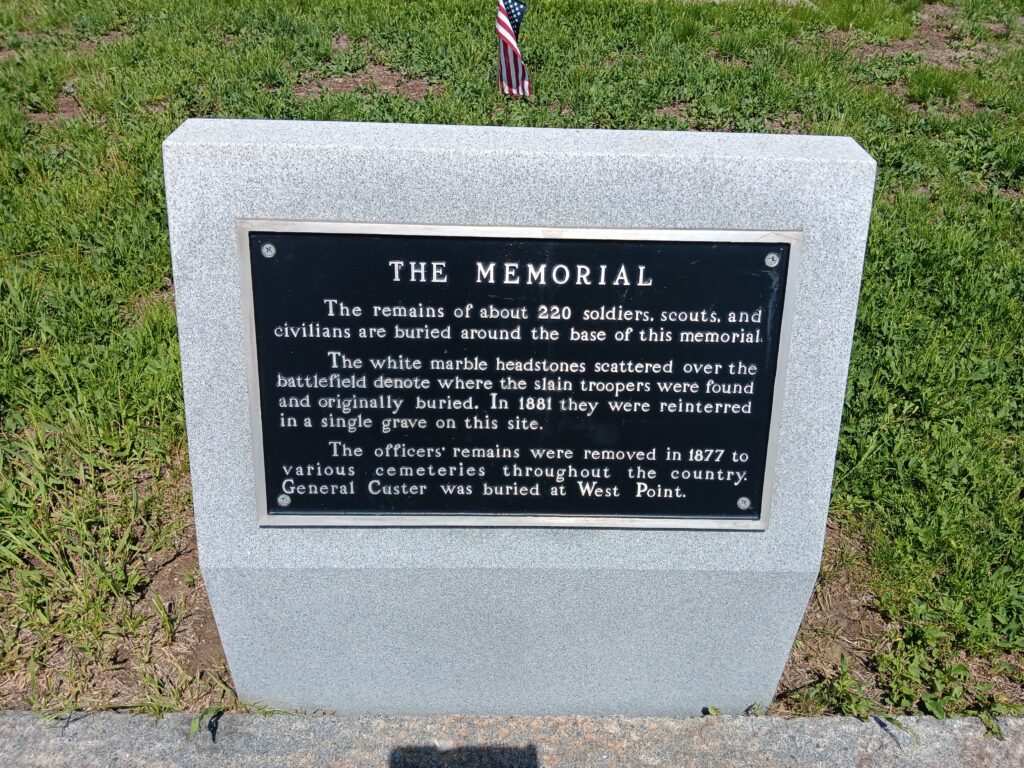

The Indian Memorial, dedicated in 2003, was built to commemorate the sacrifice of the Indian nations involved in the battle of Little Bighorn. Many tribes fought to protect their way of life, and, although they won this battle, they ultimately were forced onto reservations.
The theme of the memorial is “Peace Through Unity” and acknowledges the importance of cooperation between the Indians, their tribal government, and the federal government. We were surprised to learn that this is the only memorial to Native Americans and their experience at the hands of the federal government that is constructed with federal funds.


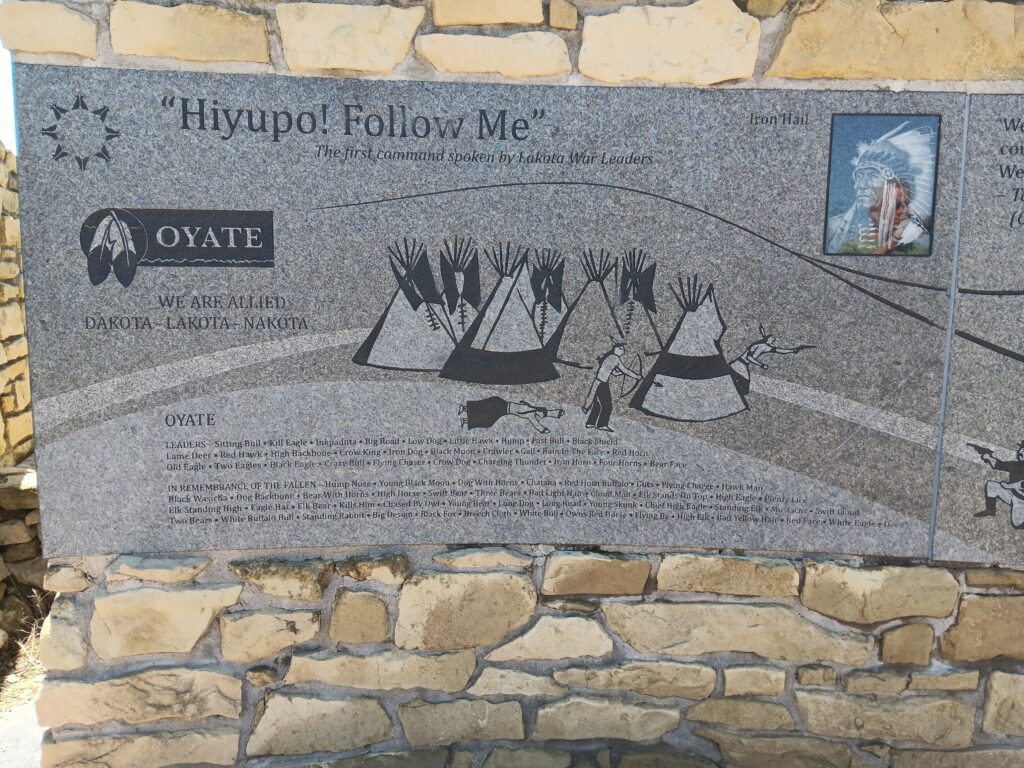

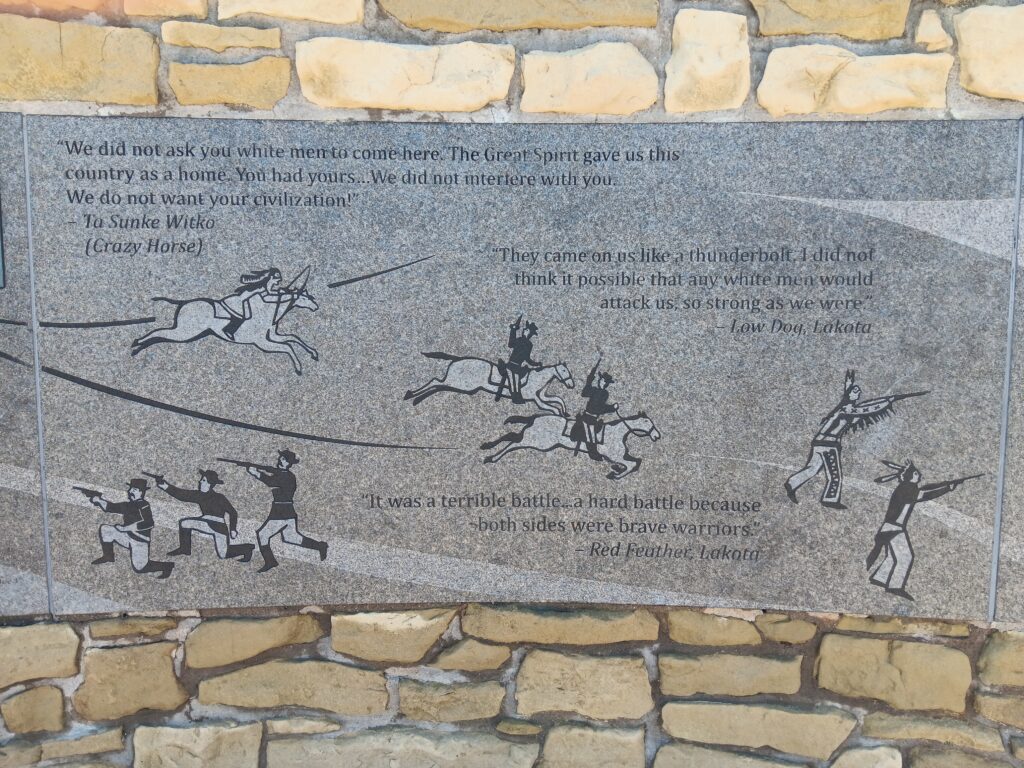

This park also contains the Custer National Cemetery, which is the final resting place for soldiers of many wars, not just those that died in the Battle of Little Bighorn.
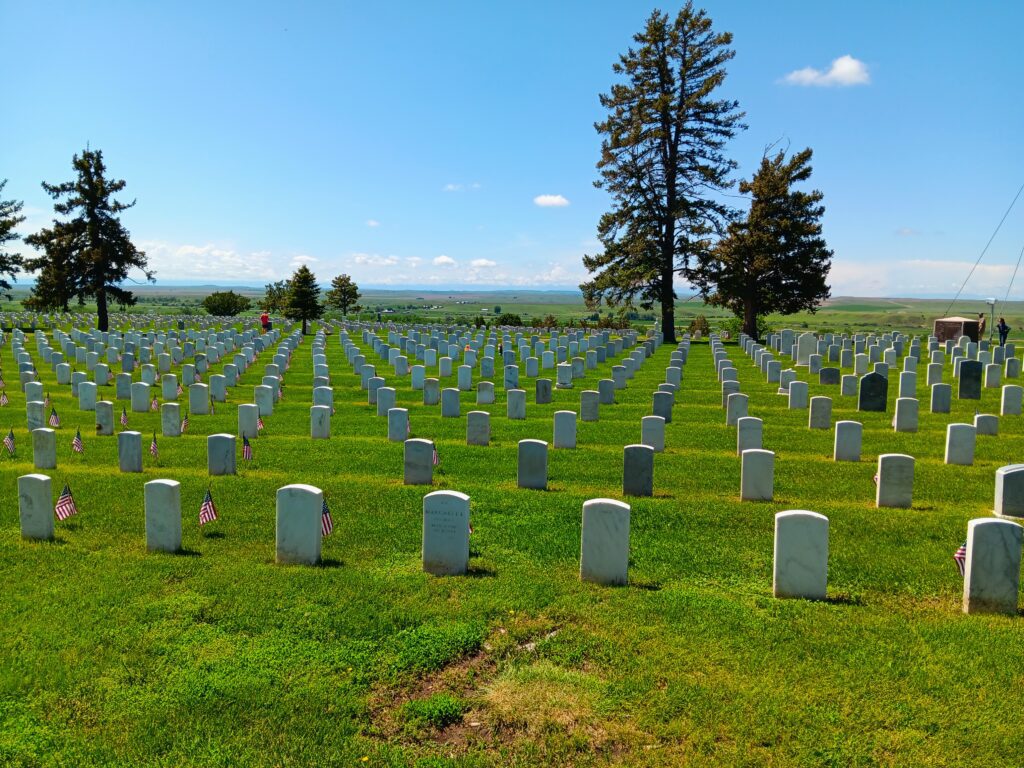

There is also a 4.5 mile road that you can travel where you can learn about the Battle of Little Bighorn in detail. I found that the website for this park is very informative, so if you are into history and want to learn more, you will find it a valuable resource.

